Fantasia 2018, Day 4, Part 1: Destiny: The Tale of Kamakura and Aragne: Sign of Vermillion
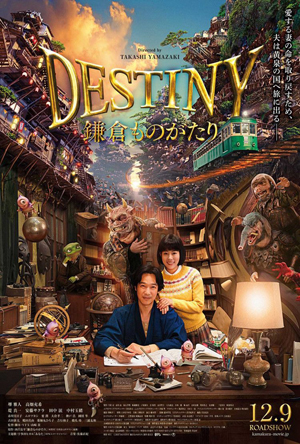 Sunday, July 15, was going to be my first really busy day of the Fantasia Film Festival. There were four movies I planned to see, with a chance of a fifth, depending on how things worked out. The day’d begin at the Hall Theatre; first, I’d see Destiny: The Tale of Kamakura, a lighthearted Japanese urban fantasy. Then would come Aragne: Sign of Vermillion, also from Japan, a horror anime.
Sunday, July 15, was going to be my first really busy day of the Fantasia Film Festival. There were four movies I planned to see, with a chance of a fifth, depending on how things worked out. The day’d begin at the Hall Theatre; first, I’d see Destiny: The Tale of Kamakura, a lighthearted Japanese urban fantasy. Then would come Aragne: Sign of Vermillion, also from Japan, a horror anime.
Destiny (Kamakura Monogatari, DESTINY 鎌倉ものがたり) is directed by Takashi Yamazaki, helmer of the Parasyte movies, from a screenplay Yamazaki wrote based on the manga by Ryôhei Saigan. The movie follows Masakazu and Akiko Isshiki (Masato Sakai and Mitsuki Takahata), newlyweds, as they move to Masakazu’s home in the small-but-historic city of Kamakura. Masakazu’s a writer, but Akiko’s plans for their household meet a slight obstacle when she discovers that Kamakura, by dint of being “a magnet of mystical energy for millennia,” is home to any number of supernatural creatures: water imps, death gods, ghosts, bad luck gods, the list goes on. A series of episodic adventures show us different facets of the city and its inhabitants while also deftly advancing the Isshikis’ relationship, finally culminating in an extended otherworldly adventure that brings together subplots unobtrusively introduced over the course of the movie.
This is one of the most purely delightful movies I’d see at Fantasia, and indeed one of the most delightful I’ve come across in a long time. Tonally it’s somewhat similar to the Harry Potter films, in the particular kind of cartooniness of the CGI, in the conscious quaintness of the setting’s historicity, in the way the orchestral soundtrack is consciously lush yet awe-inspiring, and above all in the way that minor details turn out to be pieces of a larger puzzle: the way everything sets up everything else, the way the world feels both expansive and interconnected, perfectly machined in retrospect but almost overwhelming with implications as you live in it. There’s a deeper sense of the folkloric here than in Potter, though. I’ve heard some people mention a feel like a live-action Miyazaki film, and in terms of the creative visual design of the many creatures of Kamakura I can see that. But there’s a clearer bad guy here than is usual in a Miyazaki tale (although that doesn’t become obvious until late in the story).
Still, there’s a similar thrill in storytelling, and an equally unusual sense of structure. For example, Masakazu’s not just a writer but an adviser to the police, and a case he’s called on to solve turns out to have a very close solution to one of the stories in The Adventures of Sherlock Holmes. But this is not a problem, because the mystery is in fact solved very soon after it’s introduced; yet if it turns out to be an episode with its own quick satisfaction, it’s also a vehicle to set up other plot elements with their own pleasures. Here as elsewhere the film packs any number of sub-stories into its overall tale, creating a world full of incident that miraculously never feels rushed or underexplored, a world full of ideas with just the right emotional heft.
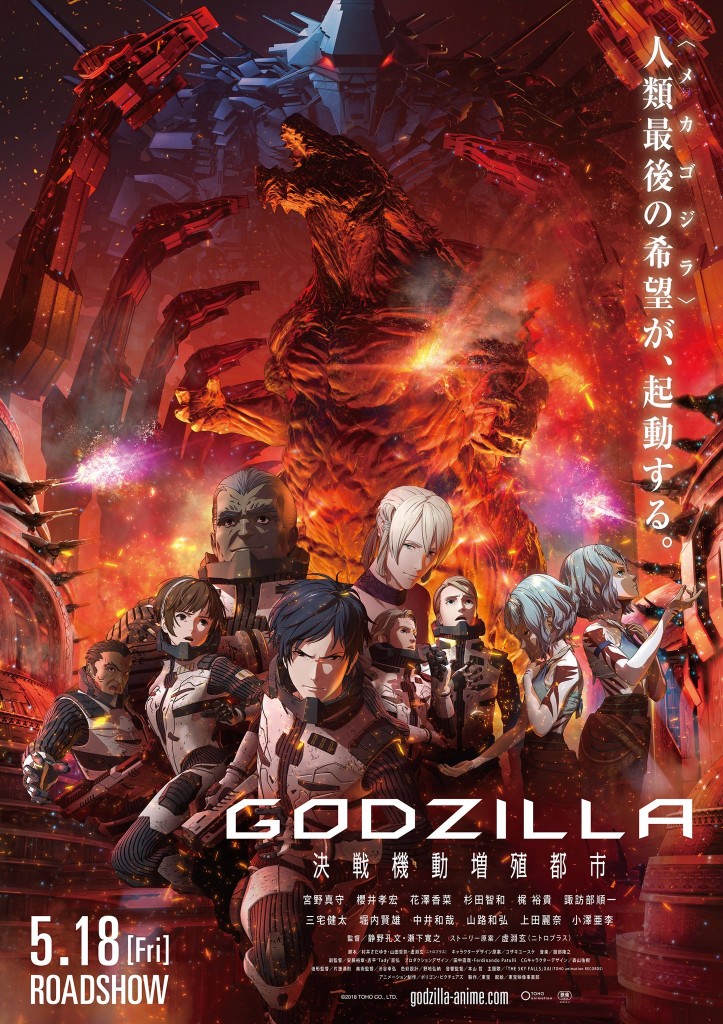

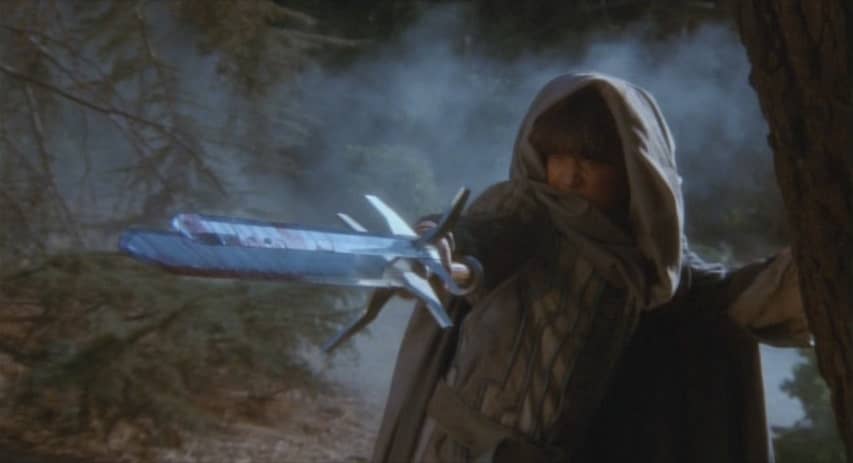
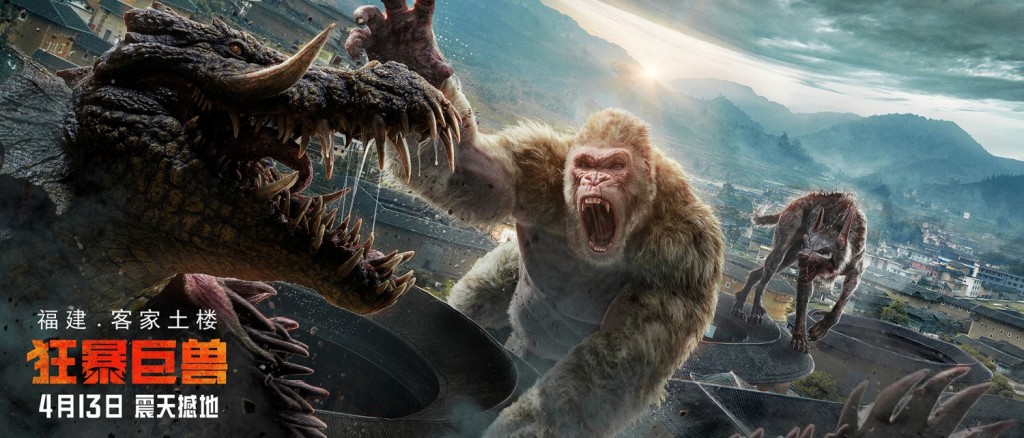
 After my first two films last Saturday, I left the large Hall Theatre to see a documentary in the 150-plus-seat De Sève Theatre across the street. The documentary was called Boiled Angels, and it presented the case of zinester and comics creator Mike Diana, whose transgressive work led to him being arrested and put on trial in Florida in the 1990s. I’d followed Diana’s plight at the time through reports in The Comics Journal, and was intrigued to learn more about it now. But if I personally was interested in the film as a look at comics history, I was surprised to find that much of the rest of the crowd was drawn by the chance to see new work by horror director Frank Henenlotter, creator of works like Bad Biology, Frankenhooker, Brain Damage, and Basket Case.
After my first two films last Saturday, I left the large Hall Theatre to see a documentary in the 150-plus-seat De Sève Theatre across the street. The documentary was called Boiled Angels, and it presented the case of zinester and comics creator Mike Diana, whose transgressive work led to him being arrested and put on trial in Florida in the 1990s. I’d followed Diana’s plight at the time through reports in The Comics Journal, and was intrigued to learn more about it now. But if I personally was interested in the film as a look at comics history, I was surprised to find that much of the rest of the crowd was drawn by the chance to see new work by horror director Frank Henenlotter, creator of works like Bad Biology, Frankenhooker, Brain Damage, and Basket Case. 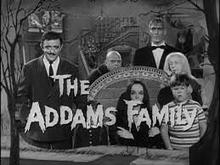 In my last couple of posts I’ve looked at
In my last couple of posts I’ve looked at 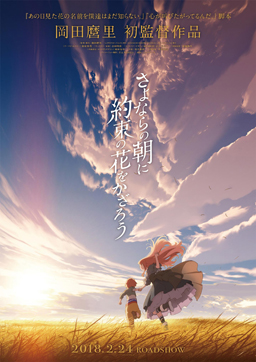 Weekend days are busy days at the Fantasia film festival. Weekends are when most people are most often free to see movies, so the programmers obligingly schedule a lot of films for Saturdays and Sundays. Last Saturday I had three movies I wanted to see. On the Sunday, I had five. Which meant that Fantasia was well and truly underway.
Weekend days are busy days at the Fantasia film festival. Weekends are when most people are most often free to see movies, so the programmers obligingly schedule a lot of films for Saturdays and Sundays. Last Saturday I had three movies I wanted to see. On the Sunday, I had five. Which meant that Fantasia was well and truly underway.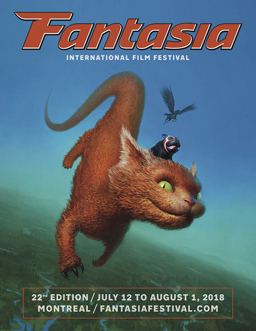 Fantasy’s described by fantasy: consider John Crowley’s Little, Big, a novel about a faerieland where the further in you go the bigger the land becomes. A powerful image, it echoes the way fascinations gain in depth and scope the more you explore them. How familiar experiences can become strange the more you dig deeper into them, birthing mystery, growing weird. Art and story perhaps most of all. So I am about to begin my coverage of the
Fantasy’s described by fantasy: consider John Crowley’s Little, Big, a novel about a faerieland where the further in you go the bigger the land becomes. A powerful image, it echoes the way fascinations gain in depth and scope the more you explore them. How familiar experiences can become strange the more you dig deeper into them, birthing mystery, growing weird. Art and story perhaps most of all. So I am about to begin my coverage of the 